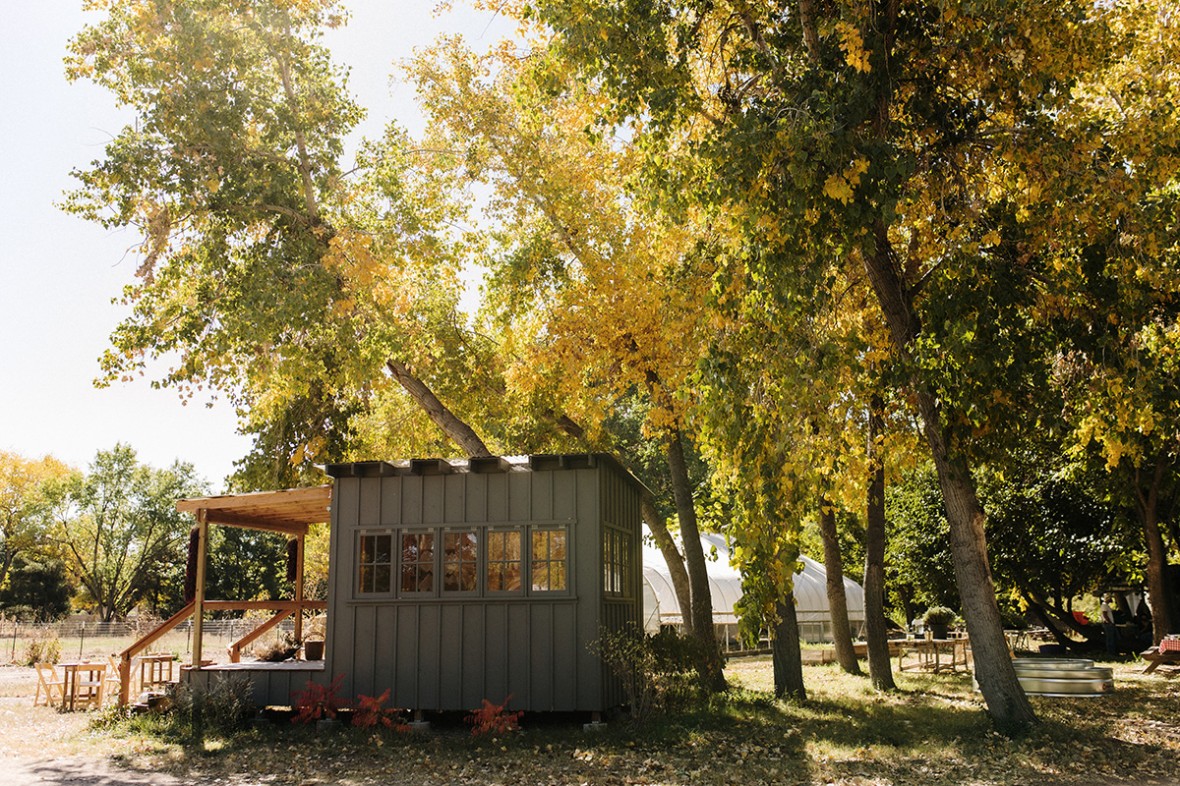
September is an exciting time of year on the farm as the variety and yields of the fields increase and summer vegetables and herbs reach their peak. Our team is busy clearing out fields, tilling and seeding with cover crops and a few overwintering vegetables. Each year we develop field rotation plans to determine what should be planted where, and which fields need a season off or with cover crops.
Conversations between the farm team, chefs, bakers, spa and production team help develop our plan for next year’s harvest. Based on those conversations, we will order seeds and plant in the greenhouse and hoophouses to get things growing and to provide fresh greens for salads and sautéing to the kitchen over the winter.
Lavender season may be behind us, but the distillation hut is busy as ever with yarrow, orange peels, roses and other botanicals as well as gin. The lavender fields continue to be renovated, removing older less productive plants to make way for the fresh lavender propagated from parent plants in the fields. As the old plants are removed, new holes are augured and filled with our lavender soil mix from our partnership with Soilutions. Irrigation for the new plants is changed out to be more efficient and effective, then new fabric and mulch are installed to deter weeds and protect the soil.
As the fall creeps in the cooling weather sparks changes in growth and color throughout the gardens and landscape. The rose garden is beginning to flush with a final bloom before frost, which gives the yield for rose distillation. We provide the rose water (or hydrosol) to the bakery and kitchen. Leaves, clippings and botanical waste from fall cleanup are taken to be composted on the farm along with green waste from the kitchen and spent botanicals from the distillations.
Asters, goldenrod, chamisa and native grasses begin the late season push of flower and seed, providing late season pollen and nectar for our honeybees and native pollinators alike. As the weather cools and the autumn light changes, the native grass and wildflower meadows reach the peak of beauty with the shades of the season moving from greens to golds, russets, burgundy and silver. Seed heads of the grasses catch morning and afternoon light and dance above the leaves as the geese and cranes begin their gradual return to the valley.
As hot air balloons drift slowly over the dawn sky, sheep, goats and alpacas eye the orbs suspiciously as they wait to go out to graze. The sheep and alpacas get woolier by the day and our guinea fowl are as noisy and rambunctious as ever. The chickens and guineas are on alternating free range rotation to ensure everyone gets along.
Look for peaches, honey, guinea eggs, carrots, beets, tarragon, rosewater, basil, sungold tomatoes and sunflowers if you visit us this season.

Photography by Elizabeth Wells
